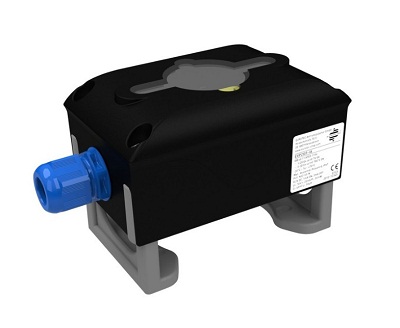Introduction
Valve switchboxes are an important component in automation applications that require precise control over the flow of liquids or gases. They are used to remotely operate and monitor valve actuators, providing feedback on valve position and enabling automated control. In this article, we will explore the application of valve switchboxes in automation, the different types of switchboxes available, and the benefits they offer.
Application of Valve Switchboxes in Automation Valve switchboxes are used in a wide range of automation applications, including:
- Chemical Processing: Valve switchboxes are used to control the flow of chemicals in industrial processes, ensuring that they are delivered at the correct rate and pressure.
- Oil and Gas Production: Valve switchboxes are used to control the flow of oil and gas in pipelines, allowing for efficient and reliable transport of these valuable resources.
- Water Treatment: Valve switchboxes are used to control the flow of water in treatment plants, ensuring that water is delivered at the correct rate and pressure.
- Pharmaceutical Manufacturing: Valve switchboxes are used to control the flow of fluids in pharmaceutical manufacturing, ensuring that products are produced to the correct specifications.
Types of Valve Switchboxes There are several types of valve switchboxes available, including:
- Pneumatic Valve Switchboxes: Pneumatic valve switchboxes use compressed air to control valve actuators, providing precise control over valve position and enabling automated control.
- Electric Valve Switchboxes: Electric valve switchboxes use an electric motor to control valve actuators, providing precise control over valve position and enabling automated control.
- Manual Valve Switchboxes: Manual valve switchboxes are manually operated and provide basic feedback on valve position.
Benefits of Valve Switchboxes in Automation Valve switchboxes offer several benefits in automation applications, including:
- Precise Control: Valve switchboxes provide precise control over valve position, allowing for accurate and efficient operation of the valve.
- Remote Monitoring: Valve switchboxes enable remote monitoring of valve position, allowing for real-time feedback on valve operation and enabling automated control.
- Increased Efficiency: Valve switchboxes enable automated control of valves, increasing efficiency and reducing the need for manual operation.
- Easy Integration: Valve switchboxes are easy to integrate into existing automation systems, with a wide range of interfaces available, including analogue, digital, and serial.
Conclusion
Valve switchboxes are an important component in automation applications that require precise control over the flow of liquids or gases. They offer several benefits, including precise control, remote monitoring, increased efficiency, and easy integration into existing automation systems. With their versatility and wide range of applications, valve switchboxes are likely to remain an integral part of the automation industry for many years to come.
